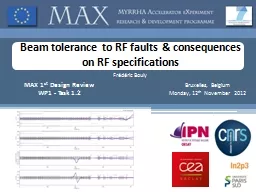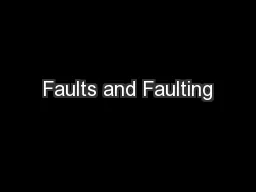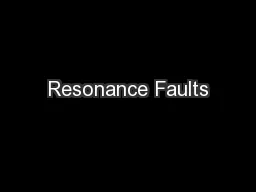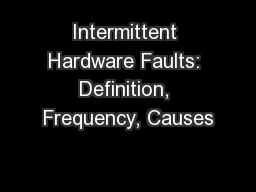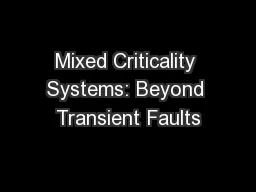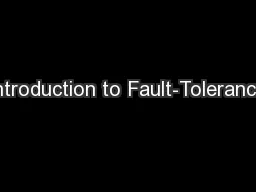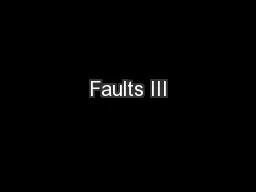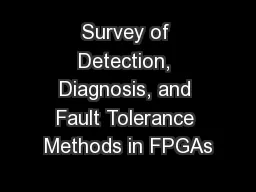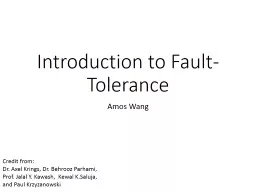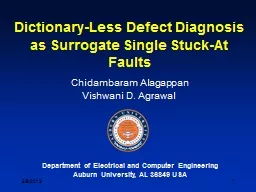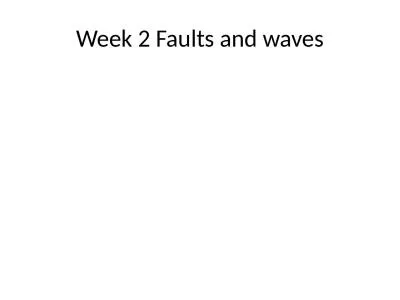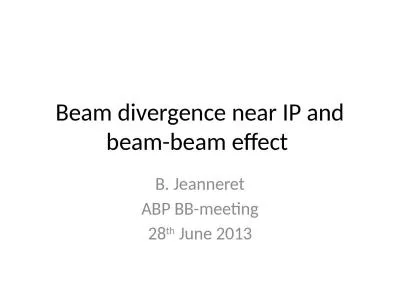PPT-Beam tolerance to RF faults & consequences on RF specif
Author : pamella-moone | Published Date : 2016-07-04
Frédéric Bouly MAX 1 st Design Review WP1 Task 12 Bruxelles Belgium Monday 12 th November 2012 Starting point amp Objectives 2 Bouly F MAX 4 th General meeting
Presentation Embed Code
Download Presentation
Download Presentation The PPT/PDF document "Beam tolerance to RF faults & conseq..." is the property of its rightful owner. Permission is granted to download and print the materials on this website for personal, non-commercial use only, and to display it on your personal computer provided you do not modify the materials and that you retain all copyright notices contained in the materials. By downloading content from our website, you accept the terms of this agreement.
Beam tolerance to RF faults & consequences on RF specif: Transcript
Download Rules Of Document
"Beam tolerance to RF faults & consequences on RF specif"The content belongs to its owner. You may download and print it for personal use, without modification, and keep all copyright notices. By downloading, you agree to these terms.
Related Documents

